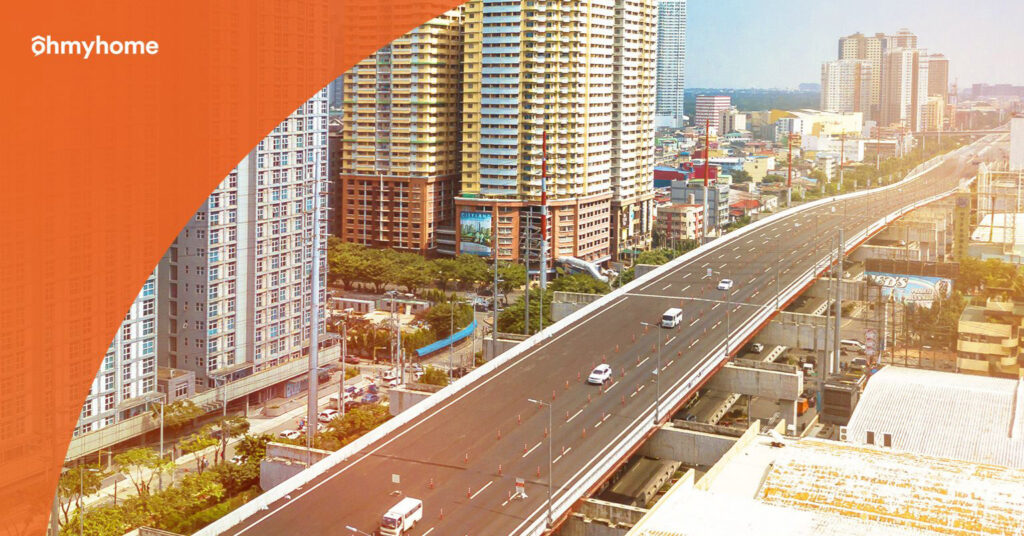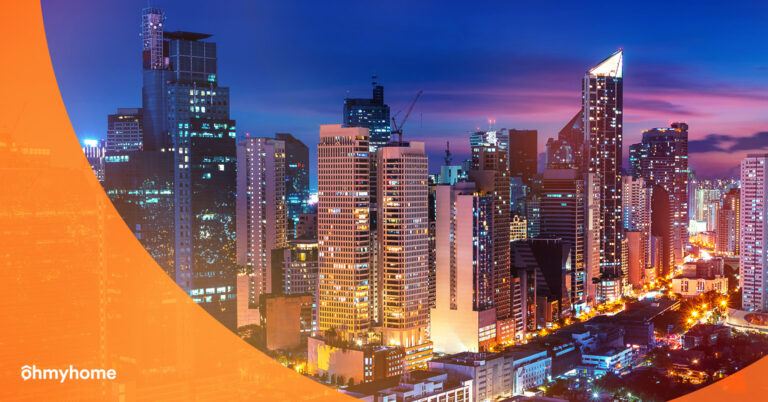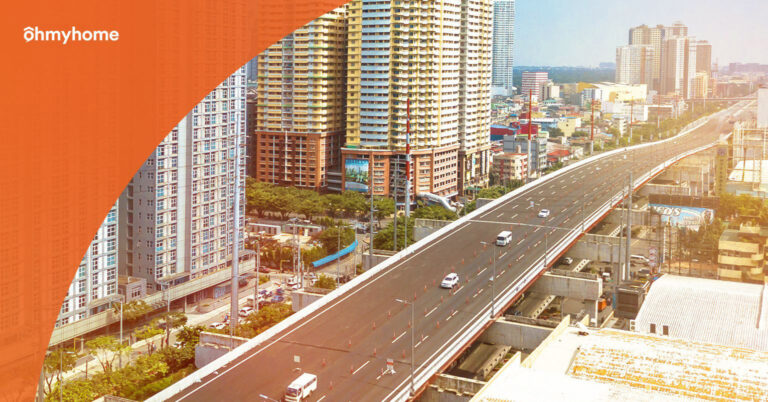By 2030, Metro Manila will look very different from today. Subways and aboveground railways will be transporting suburban workers to Ortigas, Makati, and BGC. Commuters traveling to provinces north and south of the capital will opt for trains overcrowded buses on congested highways. Elevated highways will allow travelers to bypass busy city streets. Six years from now, the National Capital Region may finally break free from its decades-old gridlock. Thanks to ongoing and future Philippines infrastructure projects, Metro Manila might shed its label as the world’s worst traffic area.
For many homeowners, real estate investors, and landlords, having property in the urban cities is a double-edged sword. Demand is high for properties for sale or rent in business districts or nearby suburbs. Who wouldn’t want to live in an area where utilities such as electricity and water are plentiful, and Internet connectivity is widely available? Wide roads and extensive networks also mean better navigation choices for residents going to and from work.
However, all these benefits come at a price: higher property prices or more expensive rental rates. Despite the bigger price tags, residents and owners still need to contend with urban congestion, pollution, and traffic.
Philippines Infrastructure Projects to the Rescue
As Metro Manila and other urban cities in the Philippines continue to expand, problems tend to grow exponentially as well. For example, commuting time via bus from Quezon City to Makati can take an ungodly one hour and 35 minutes. Trains can reduce travel time, but only if you’re willing to brave the daily rush hour crowd. Plus, rail stations are few and far between, so if your destination is beyond these stations, you’ll need additional public transportation. Meanwhile, major provincial cities such as Cebu, Davao, and Baguio are similarly falling victim to heavy traffic and overcrowded areas.
The Philippine government may have its faults, but sitting idly is not one of them. Succeeding administrations including the present one have launched various massive infrastructure programs. They include projects aimed at declogging major arteries and shortening travel times, providing more mass transportation options, and increasing energy capacity.
Philippines Infrastructure Projects Future is Bright
According to the National Economic and Development Authority’s Build Better More: A Glimpse into the Philippines’ Infrastructure Program presentation, there are over 3,770 infrastructure Priority Programs and Projects (PAPs) currently being undertaken or in the planning stages. These projects will require a total investment of P17.3 trillion (equivalent to US$314.5 billion as of June 2023) to complete.
What do all these Philippines infrastructure projects mean? For businesses, these projects mean a more efficient means to produce and transport goods all across the country. Meanwhile, ordinary citizens will enjoy improved travel options. This means less time on the road and more time for more important matters such as work and family. Finally, the real estate industry will benefit from infrastructure projects that enhance real estate investments in the area.
The Vertis Example
In Quezon City, the ongoing construction of a central terminal aims to provide a common station for various transport systems. Well before the construction of the Unified Grand Central Station started, major developers started groundbreaking projects within the vicinity. Ayala Corporation and its real estate subsidiaries Ayala Land Premier, Alveo, and Avida were among the earliest pioneers in the area, having launched Vertis North in 2009. This mixed-used community currently hosts four condominiums, two hotels, a 43-floor high-rise building, and a high-end shopping mall.
Currently, property prices in Vertis range from P5.1 million for a studio unit at Avida Vita to P34 million for a pre-selling three-bedroom option at Orean Place. Meanwhile, developers such as DMCI and Shang Properties are busy constructing high-rise condominiums in nearby Quezon Avenue.
Property Boom Near Philippines Infrastructure Projects
Ayala’s decision to invest in Vertis anticipated the development of the common station. Once opened, this terminal will likely boost the area’s economy as people will flock to its doors. Not only will the central terminal serve commuters going to Metro Manila’s business districts, but it will also serve as the starting point for journeys outside the capital. The ten–year head start allowed Ayala to complete some of its residential projects way ahead of the common station’s opening date.
Similarly, provinces hosting major Philippines infrastructure projects are also experiencing a housing boom. According to a Manila Bulletin article titled “Rebuilding the real estate market with Build, Build, Build”, infrastructure projects that reduce travel time going to provinces make local properties more appealing to buyers. With property values in the provinces lower than those in the capital, many investors are looking at nearby government infrastructures as an indicator. Once development finishes, property values tend to go up as the area continues to benefit from improved access.
San Jose Del Monte, Bulacan is another shining example. As soon as plans to build an alternate airport began to surface, this idyllic city soon became a hotbed of investments. Once fully operational, an international airport can generate plenty of business operations in the area. As a result, many developers started buying up land to build communities and business parks throughout the city. Across the North Luzon Expressway, Megaworld launched an ambitious metropolitan hub named Northwin Global City, an 85-hectare hub aiming to become Bulacan’s first metropolis complete with residential condominiums, hotels, malls, commercial buildings, and office towers.
Looking for the Best Properties Near Philippines Infrastructure Projects? Ohmyhome Has the Listings You Need
Are you looking for potential investments located near major Philippines Infrastructure projects but don’t know where to start? Let Ohmyhome guide you to the best properties in the best locations in the Philippines. After all, we partnered with over 200 of the Philippines’ best developers to amass an impressive listing of thousands of properties.
In addition, Ohmyhome’s team of licensed real estate professionals and top-notch customer service staff can help you discover great properties, secure the best financing deals, and hurdle mandatory tasks such as documentation and compliance. All you need to do to experience the Ohmyhome advantage is to sign up for a new account.
Your amazing home-buying experience starts today, so visit the Ohmyhome site or download the app.






















































